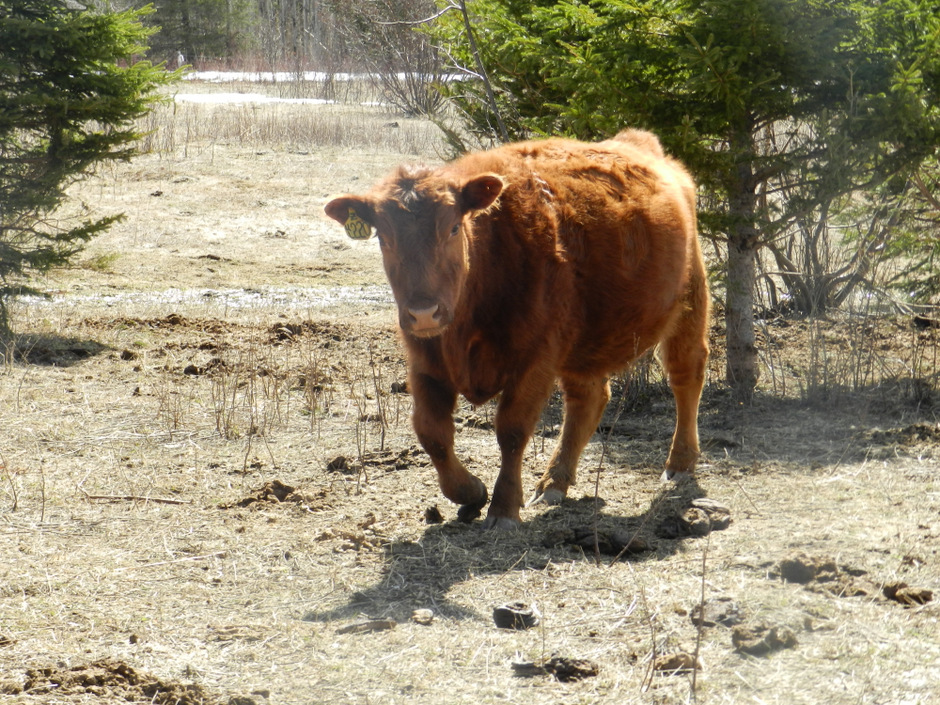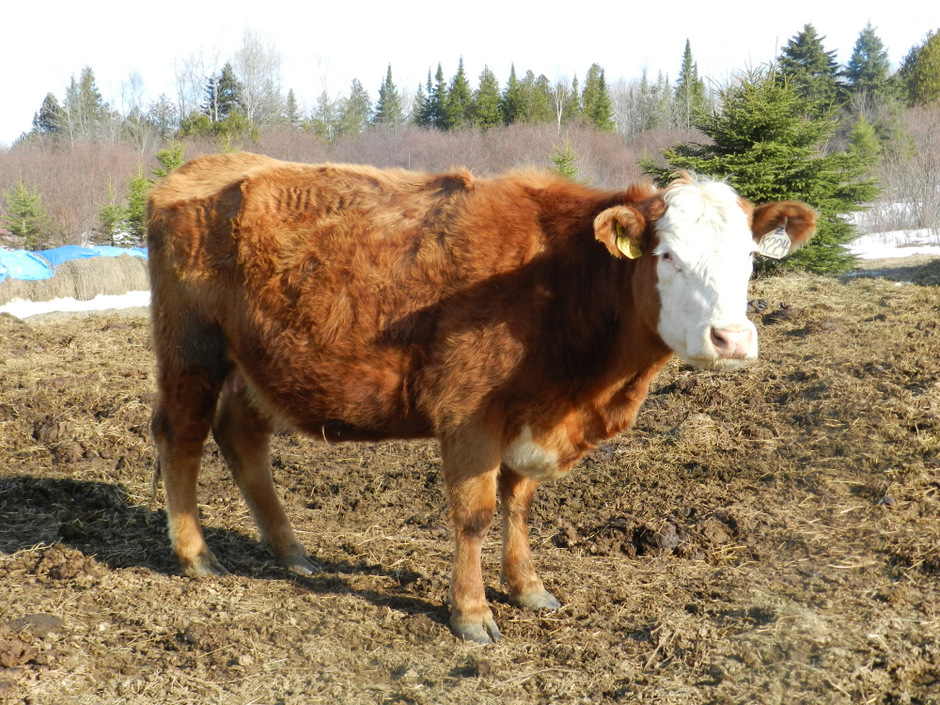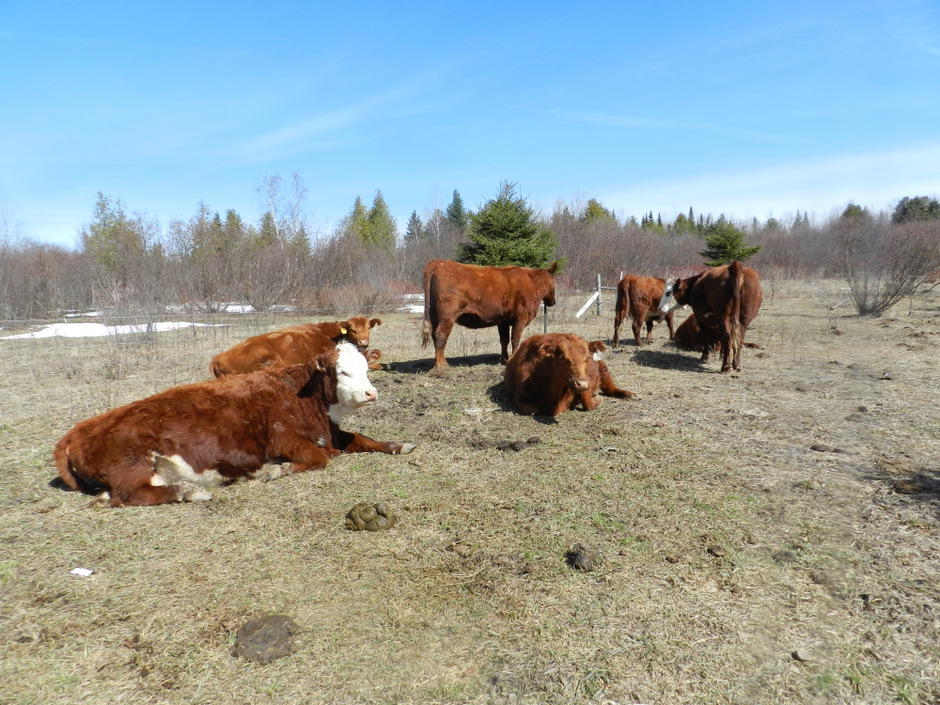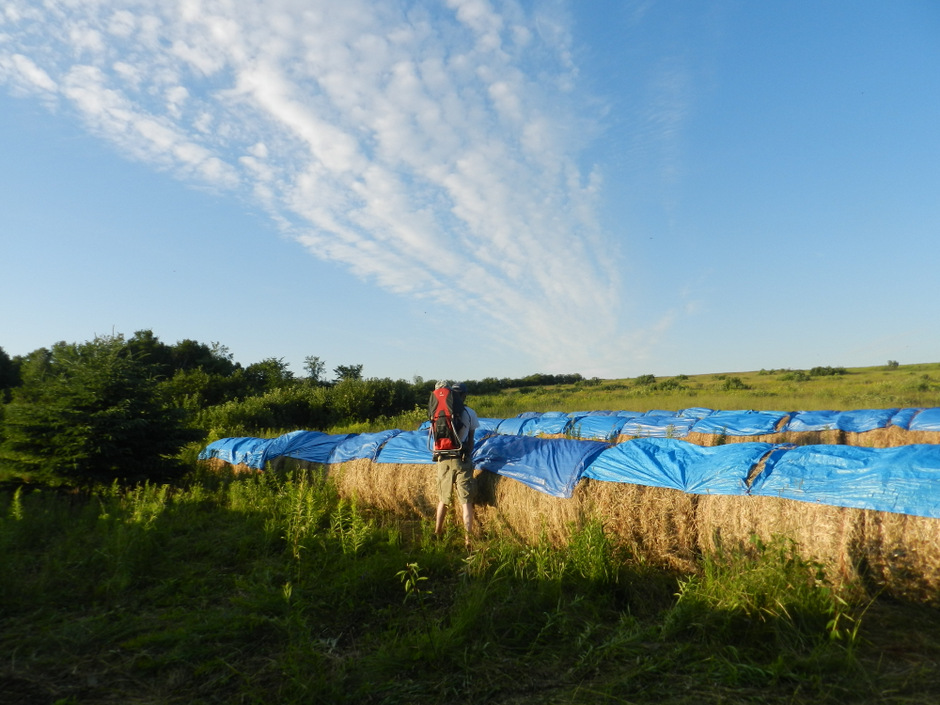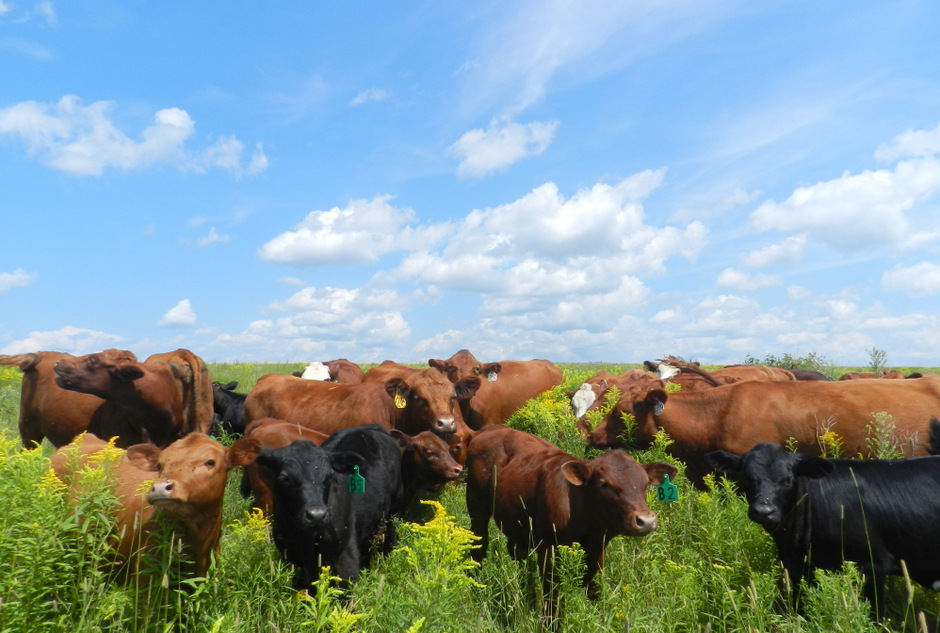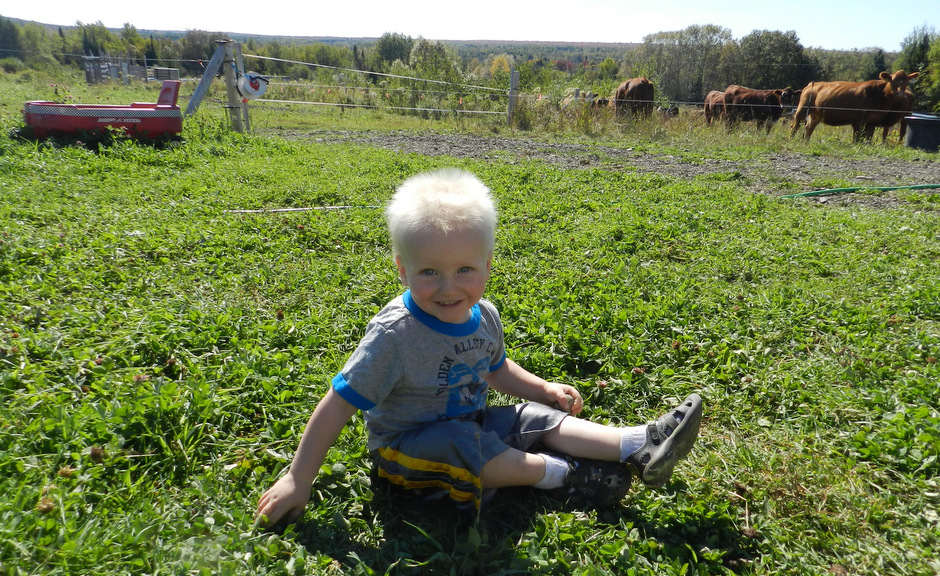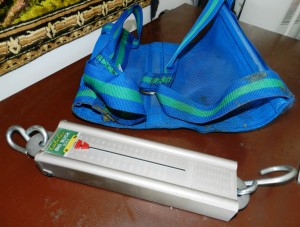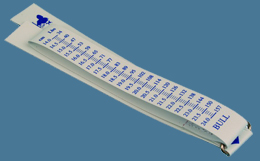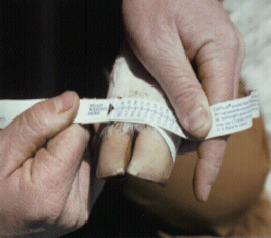Are you struggling with infertility in your cow herd?
Is your herd susceptible to multiple pinkeye infections, despite a seemingly solid vaccination program?
Are you experiencing late-term abortions and/or stillbirths?
Are you noticing a decrease in coat quality in your herd?
Are you seeing a rapid decline in body condition in your cows, despite a solid feeding regime?
Let me ask you, “What kind of mineral program is your herd on?”
For many cattle farmers, deciding on the right mineral program and implementing that program can make all the difference for their herd health. In some regions, though, mineral deficiency is not a concern as soils are already sufficiently high in the minerals required for cattle. For those farmers, there may be no need to supplement with minerals. On the other hand, for farmers like us in Maine, mineral supplements really are required for maximum herd health. Our soils are terribly deficient in critical minerals like selenium and copper. Failing to recognize such a need for mineral supplements would be a costly risk to our herds’ health.
To be fair, mineral deficiency is not always the culprit of such heath issues as presented in the beginning of this post but evaluating your mineral program can provide you with important answers. Perhaps your struggle with infertility has nothing to do with minerals but instead with a bum bull? Or maybe minerals are one factor in a mutilfactorial heath issue. Either way, we can not stress enough the importance of a strong, consistent mineral program tailored to the specific needs of your animals and environment.
Mineral deficiency in cattle can pose significant health risks and often times, can produce results that are devastating and costly. An animal suffering from a mineral deficiency may suffer a wide spectrum of health issues such as but not limited to: reproductive failure (e.g., infertility, abortion, stillbirths, retained placenta) and/or immune suppression in which they can became highly susceptible to contracting diseases such as the dreaded pinkye or their immune system may be in such a weakened condition that their bodies can not properly utilize vital, disease-preventing vaccinations. Any one of these conditions can be devastating. Depending on the size of your herd and the condition of your finances, even one stillborn or aborted calf can have a costly impact on your operation. Other reproductive issues such as infertility can also be costly. No cattle owner wants to be feeding out hay all winter long only to find out come spring/summer that their cow or cows can’t get pregnant.

As I mentioned earlier, a proper mineral program becomes even more critical in areas where soils are deficient in certain minerals. Here in Northern Maine, our soils are highly deficient in two critical minerals for cattle: selenium and copper.
To counter-balance such a deficiency, we have to provide our cows with a trace mineral high in selenium and copper; in addition, we need to make sure we are providing enough of these minerals on a daily basis for our herd size. We currently feed our herd loose Maine Grass Brood Cow trace mineral.
Understanding what is and what isn’t in the ground under your cattle’s hooves is important to consider in managing herd health.
Deciding on the Right Mineral Program
I strongly suggest that during the process of developing a mineral program, you consult with local farmers as well as your veterinarian. They can lend you solid, real-life insight into what kind and brand of minerals work and which don’t, as well as provide information on cost and supply.
Research the soils on your farm and determine what, if any, minerals are naturally low-occurring. An internet search can yield many useful maps, displaying levels of minerals such as selenium and copper throughout the United States for example. Check with your local soil and water conservation district office. A soil conservationist may be able to provide you with valuable information on the mineral content of your soils. Also consider checking with a local university about soil testing. Having your soil tested can give you insight into mineral contents as well as provide other interesting and important information on your soil.
After you you have done your research, it is time to hit the feed store and mills!
Buying Minerals
Local feed stores and mills can be great sources for buying cattle mineral. Be picky, though. Thoroughly check out the ingredients label for the right mixture of minerals for your needs. Also, this is not the time to be cheap. Don’t grab a cheap $10 bag of cattle mineral. It is worth it to pay a higher price for a higher quality product. You can scrimp and do cheap in other aspects of cattle farming but not with mineral. Mineral is an investment in your herd health.
Don’t be afraid to expand your mineral search beyond your local stores. Often times, feed stores and mills in other towns or even other counties will transport mineral to your area. You may be surprised to find that the farmer down the road gets his supply of mineral delivered to his farm from an out-of-town/county supplier. These suppliers expect you to buy in bulk, though, so be sure you have a place to store your mineral, protected from the elements. We buy our mineral this way, and we have been very pleased thus far with our supplier – Feed Commodities International.
Don’t be shy. Check with your vet and other farmers. See what they recommend for minerals and ask where they purchase them.
Feeding out Minerals
Once you have your mineral, you need to decide how much to feed out to your herd. In addition, you need to consider how you will provide the mineral. The mineral should be placed in a container, easy to access for each cow and protected from the elements. The mineral container itself should be sturdy and ideally, portable, so you can move it from pasture to pasture easily. Your animals will love their minerals and they can be very hard on equipment!
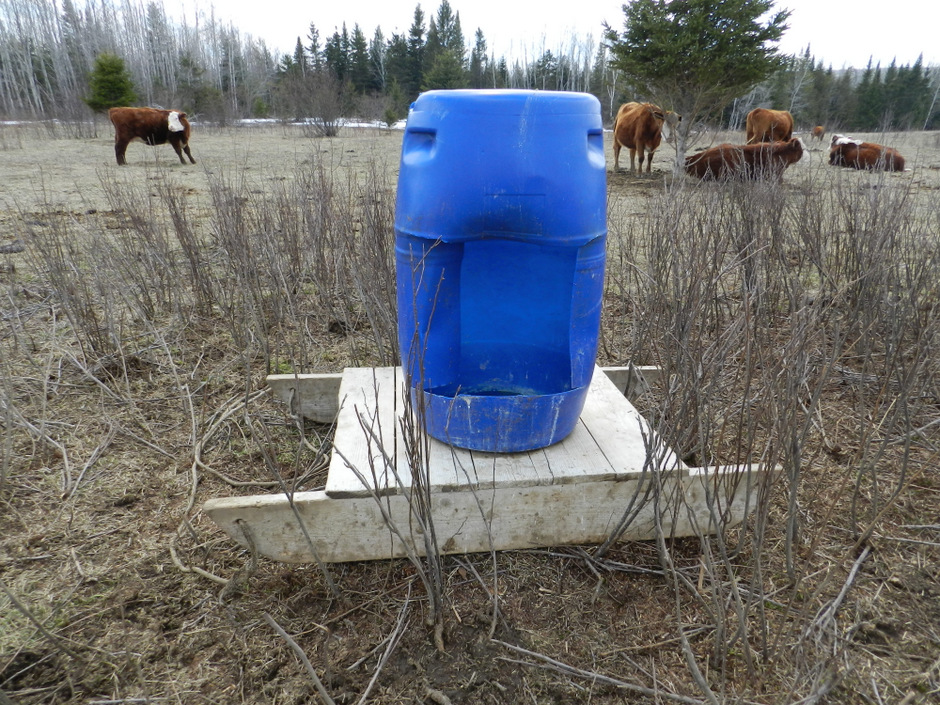
We went through a couple different versions of a mineral container system until we found the one that worked best.
As you can see in the picture, our mineral container is built from a plastic barrel, with an appropriately-sized opening for our cattle to access the mineral.
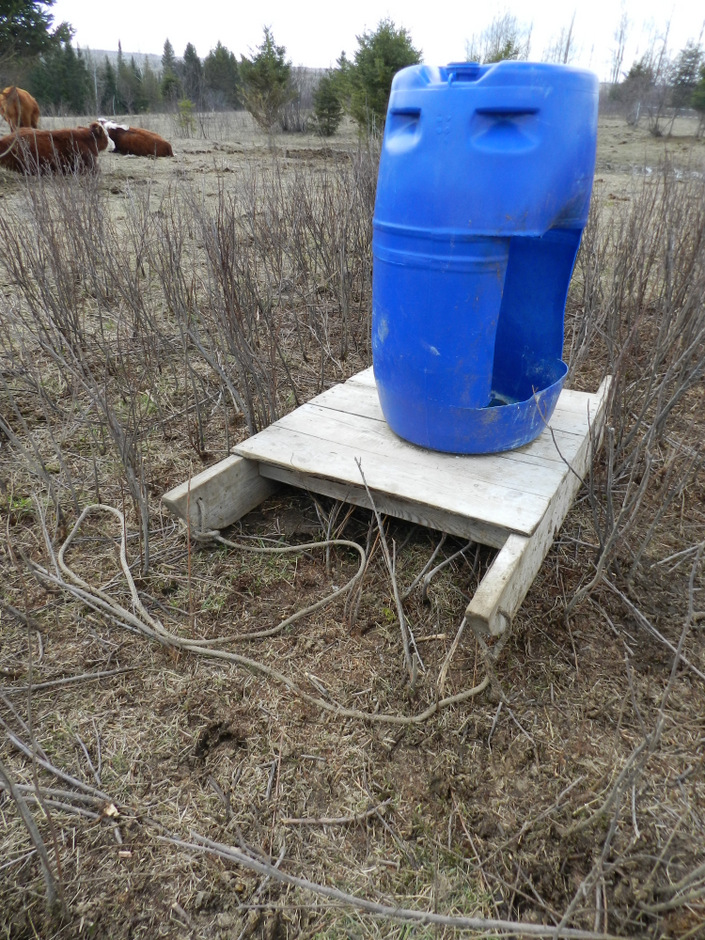
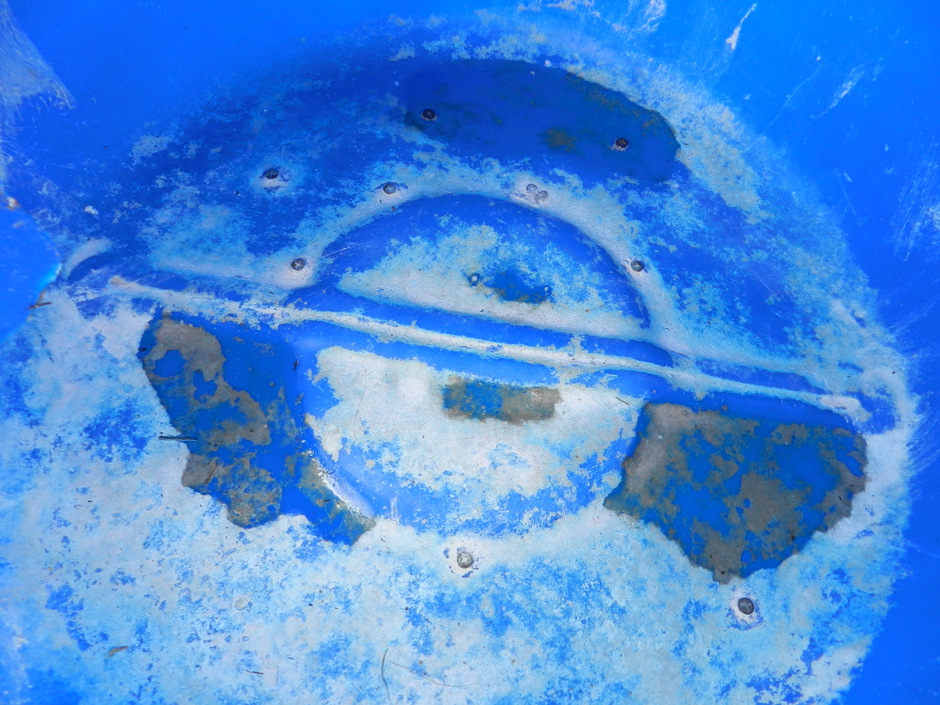
The bottom of the barrel is mounted to a wooden sled-type structure with screws.
To make the mineral container portable, we simply drilled two holes into each side of the wooden base and attached a sturdy length of rope (see picture below).
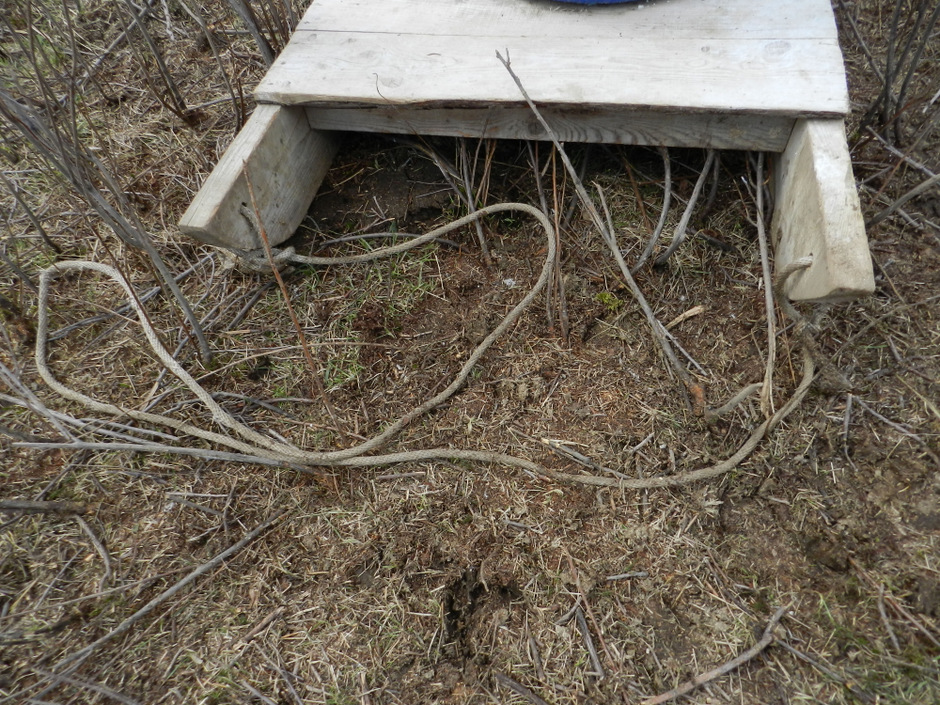
When moving our mineral container, we simply take hold of the rope and pull it ourselves or hook it to our four-wheeler and move it where we need it to go.
In terms of how much mineral to feed out, the industry standard is 2-3 oz/head/day of trace mineral. For our herd of 20 cows, we feed at least 40 oz of mineral a day. That amount increases during times when our cows require extra nutrition such as during the breeding season, when our cows are currently nursing AND need to bred-back.
Observe your Herd
When designing and implementing a mineral program it is just as important to physically watch for and note if any change – good or bad – is occurring in your herd.
Are you noticing increased body condition in your cows?
Are those coats getting a little less dull and a little more shiny?
Have your infertility problems disappeared?
Did you get through calving season with 100% of your calf crop?
Perhaps the most important tool in the cattle management toolbox costs you nothing but time. It involves simply observing your herd. Us cattle farmers invest a lot into our animals and our operations – financially, physically and emotionally. Taking the time to slow down, open our eyes and simply watch our animals for issues is our job. This is all part of practicing good animal husbandry.

It is amazing how many problems or issues can be identified or even prevented when we take the time to watch.
